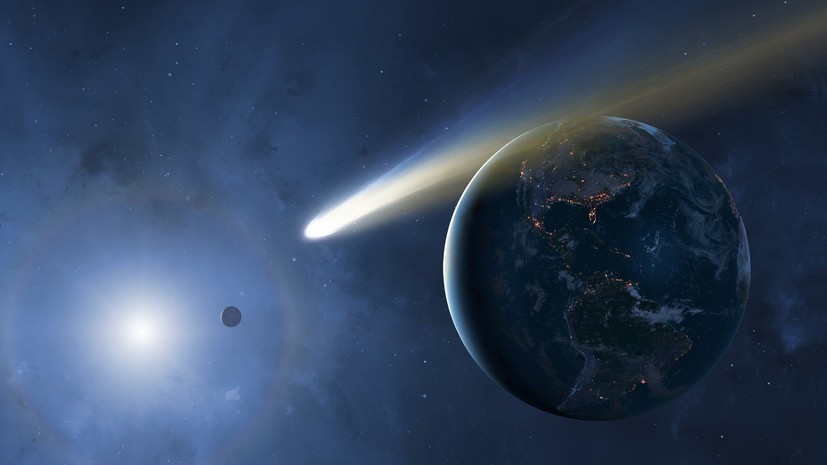“On April 21, 2024, comet Pons-Brooks (12P/Pons-Brooks) will reach perihelion, the point closest to the Sun, so in April astronomers predict its visibility to be about +4.5 magnitude and in a dark sky the comet may well be visible to the naked eye. In March, the comet can only be seen outside the city and through binoculars, but in April it will become brighter and can be found in the constellations Aries and Taurus, the specialist shared.
According to her, this comet may be visible during the total solar eclipse on April 8 at the moment of totality.
“When the sky darkens, it can be seen close to the Sun, next to bright Jupiter. Soon after perihelion, the comet will disappear from the night sky of the Northern Hemisphere, moving to the Southern Hemisphere, where it will be visible until the end of the year,” the astronomer added.
The second comet will be bright in the fall of 2024, Koshman predicted.
“This is comet C/2023 A3 (Zijinshan-ATLAS), whose brightness in October promises to be above +2 magnitude for a whole month: from September 20 to October 20, 2024. The comet will be visible throughout the Northern Hemisphere starting on October 12, 2024, when the comet's brightness is expected to be between 0 and +1 magnitude. On October 12, it will be as close as possible to the Earth and at this time will reach its greatest brightness and can be visible to the naked eye,” the expert concluded.
Earlier, senior researcher at the Institute of Applied Astronomy of the Russian Academy of Sciences, candidate of physical and mathematical sciences Nikolai Zheleznov explained in a conversation with RT when the peak activity of the Geminids meteor shower is expected.

